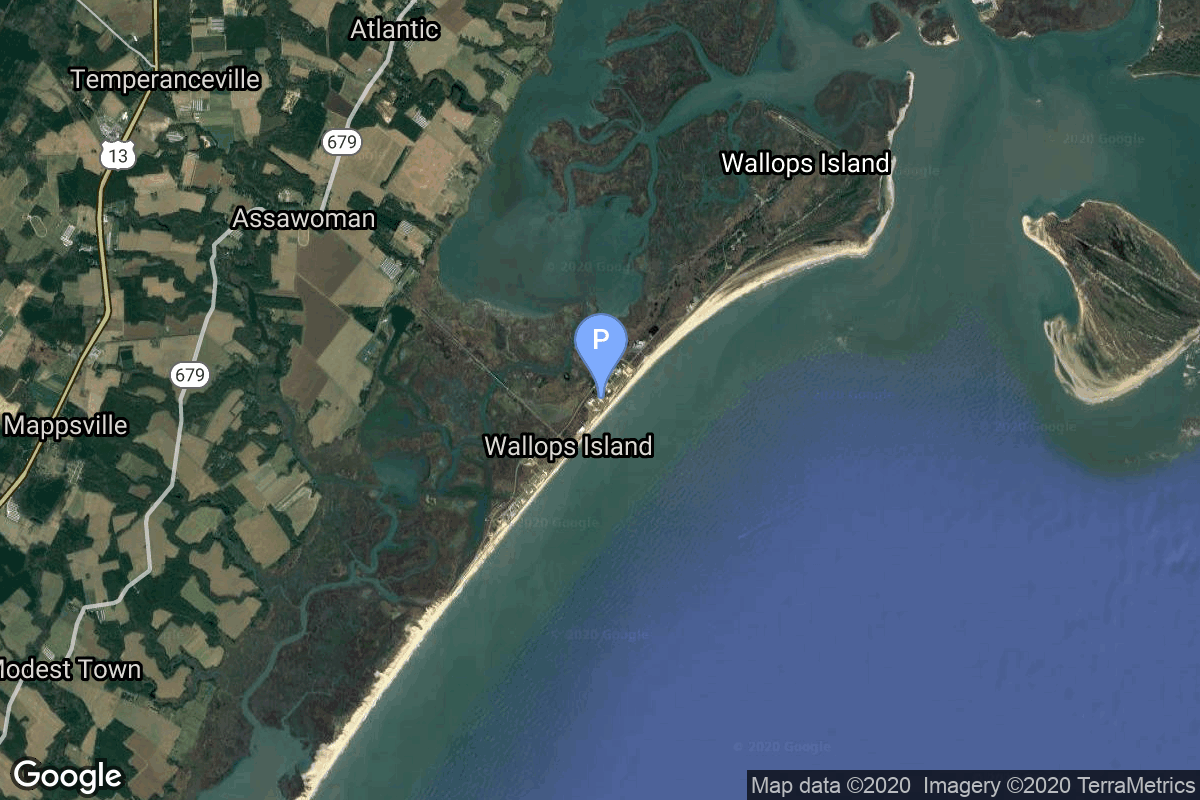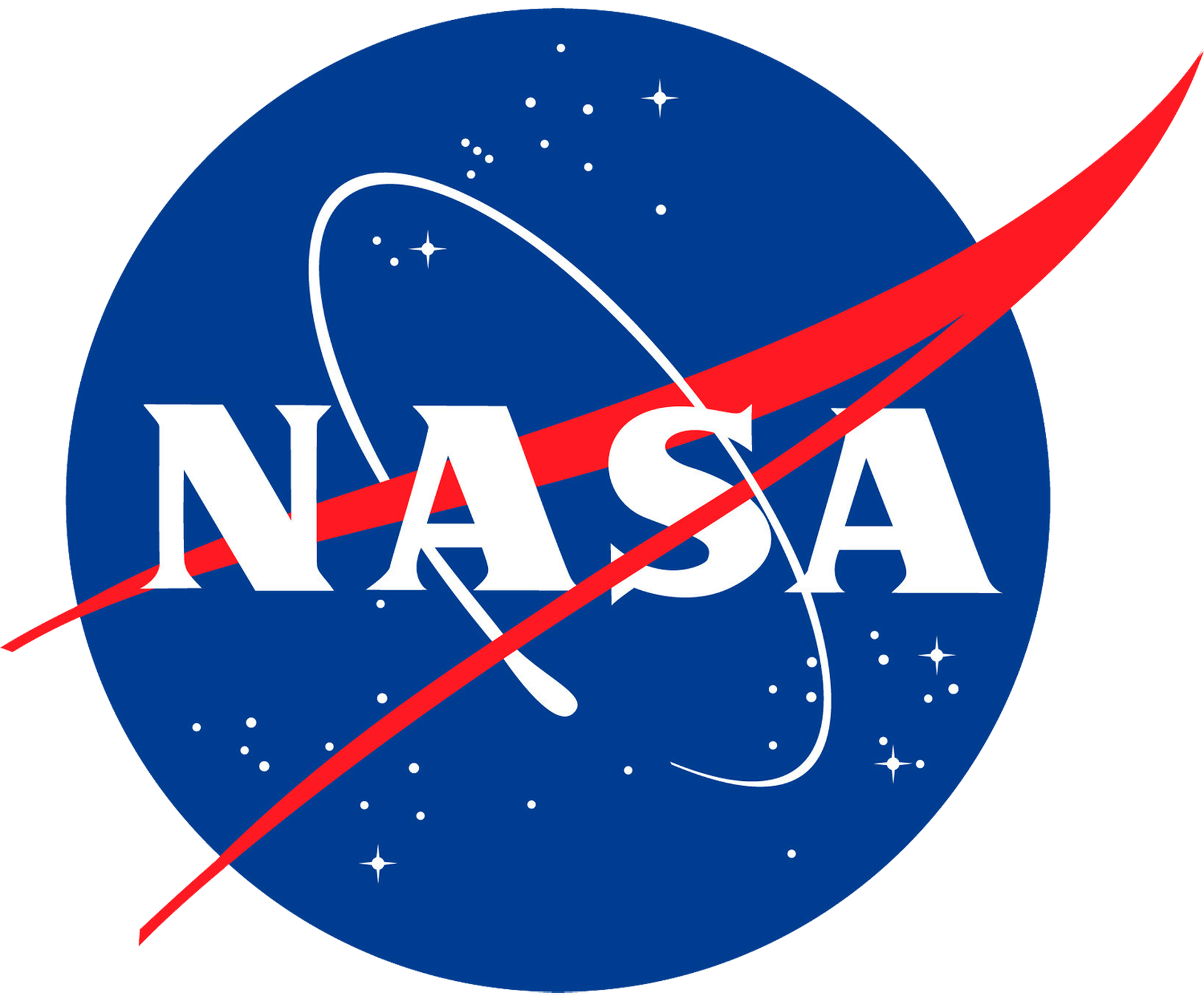Explorer 16
Scout X-3
National Aeronautics and Space Administration
Mission
Explorer 16
- Type: Earth Science
- Orbit: Low Earth Orbit
- Launch Cost: $8,910,000
Explorer 16 was the second in the series of micrometeoroid satellites orbited by NASA. Its purpose was to obtain data on the near-earth meteoroid environment, thus providing an accurate estimate of the probability of penetration in spacecraft structures by meteoroids and allowing a more confident definition of the relationship between penetration flux and material thickness to be derived.
Location
Rocket
Vought Scout X-3
The Scout family of rockets were were American launch vehicles designed to place small satellites into orbit around the Earth. The Scout multistage rocket was the first orbital launch vehicle to be entirely composed of solid fuel stages.
Agency
National Aeronautics and Space Administration
The National Aeronautics and Space Administration is an independent agency of the executive branch of the United States federal government responsible for the civilian space program, as well as aeronautics and aerospace research. NASA have many launch facilities but most are inactive. The most commonly used pad will be LC-39B at Kennedy Space Center in Florida.

